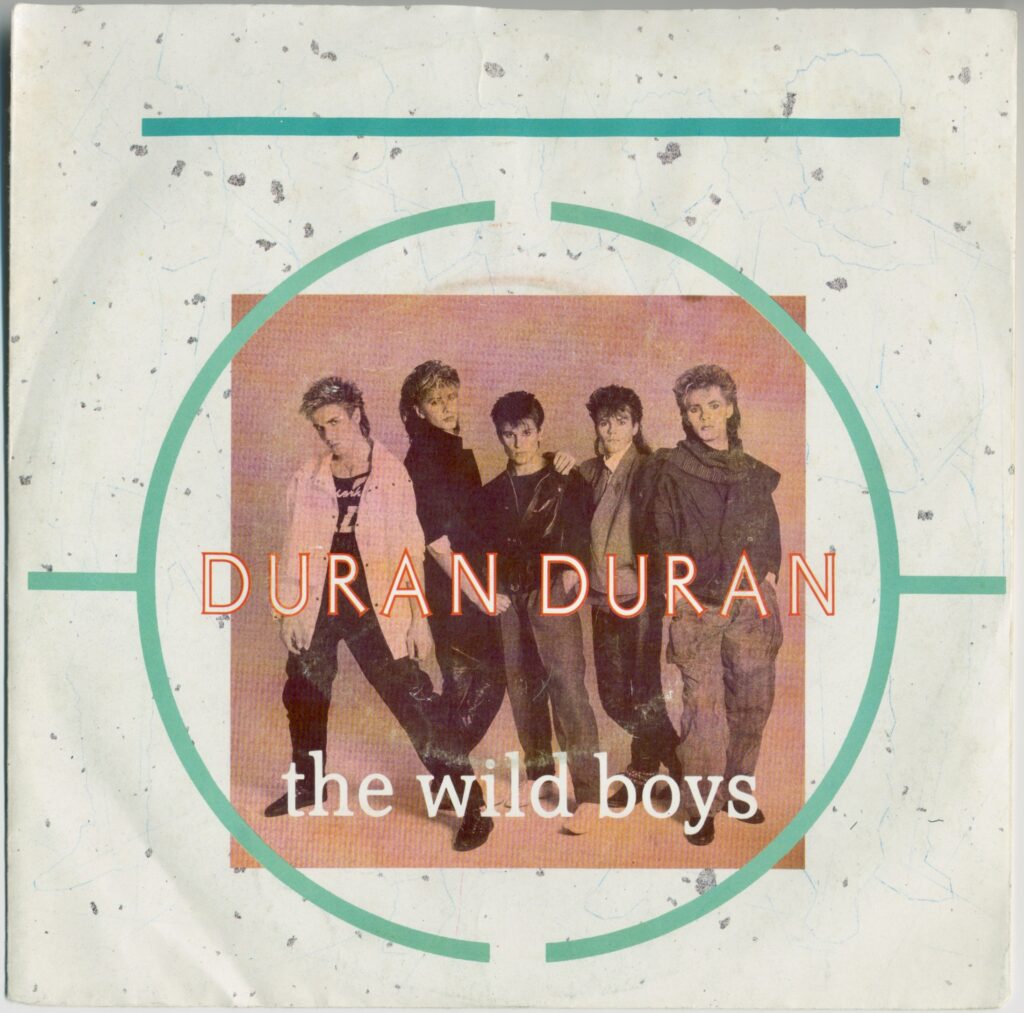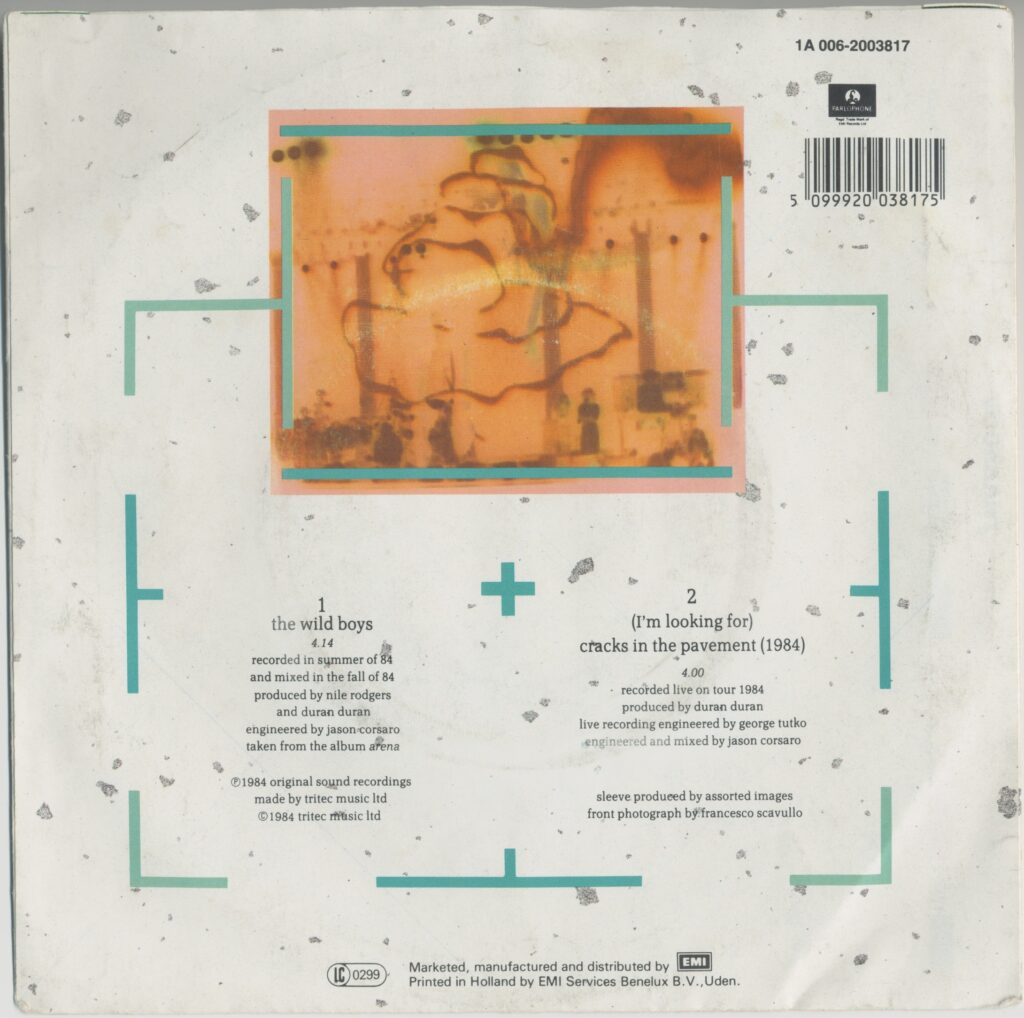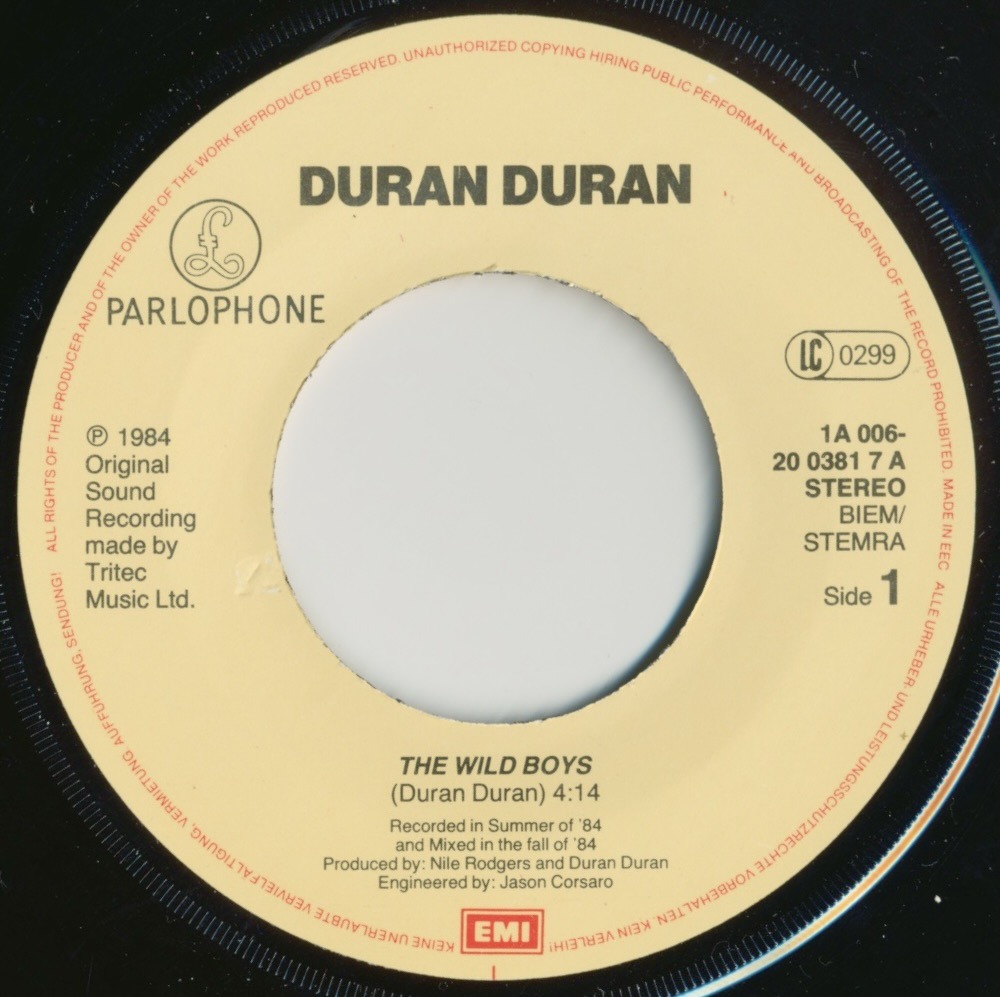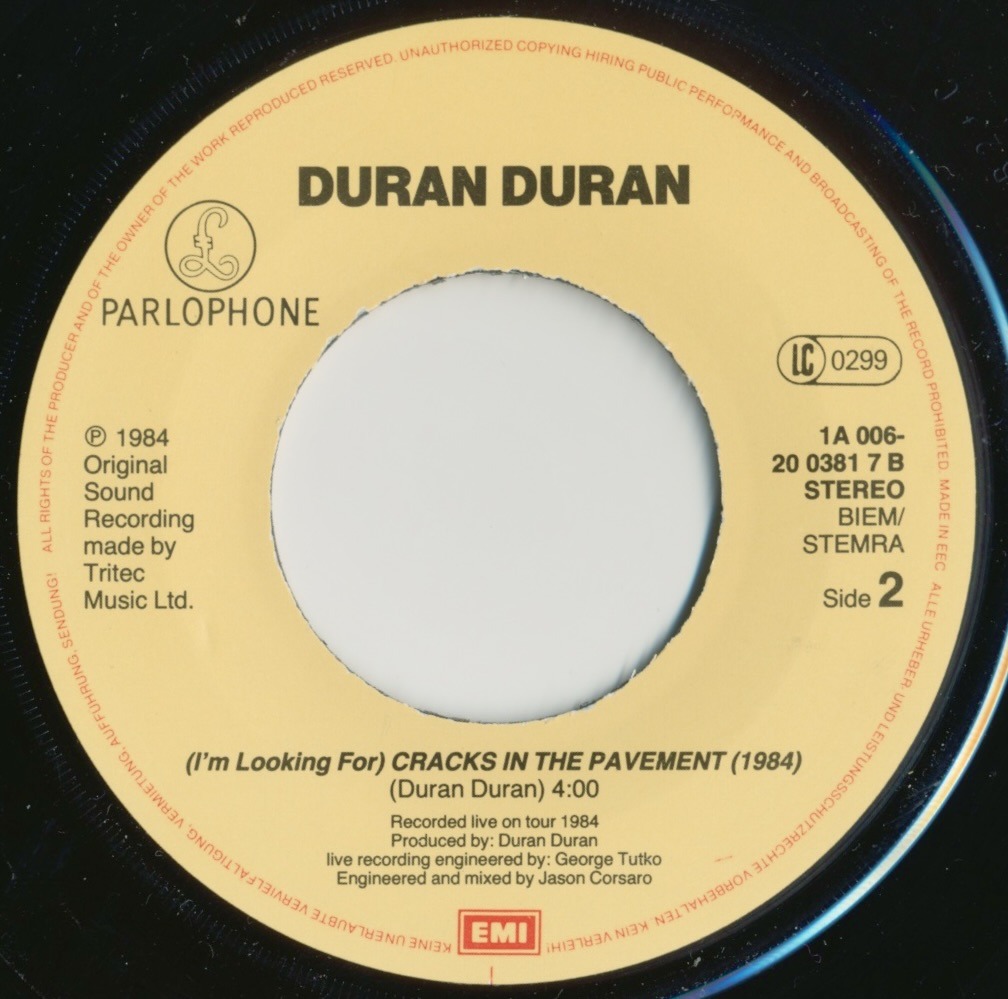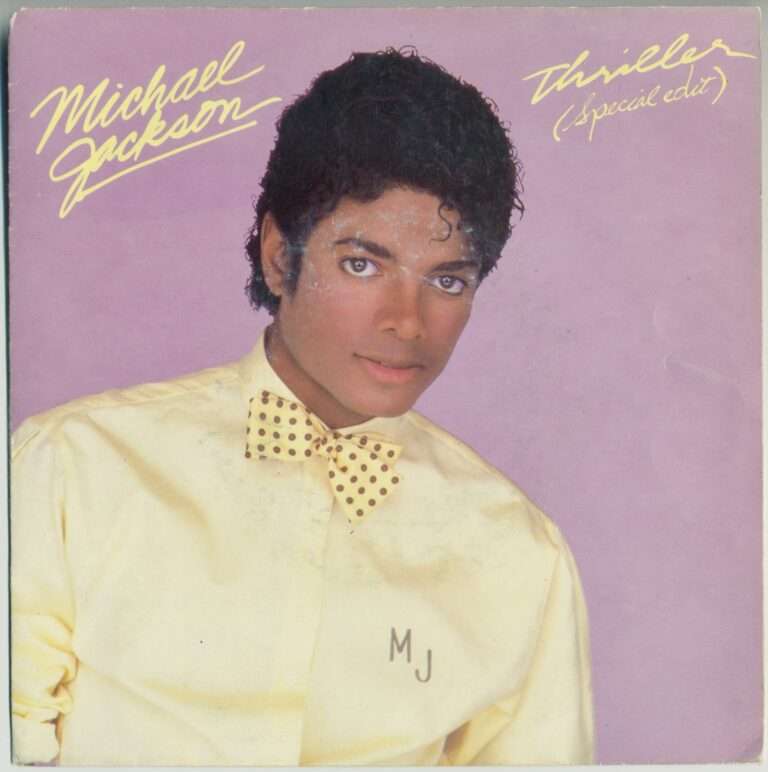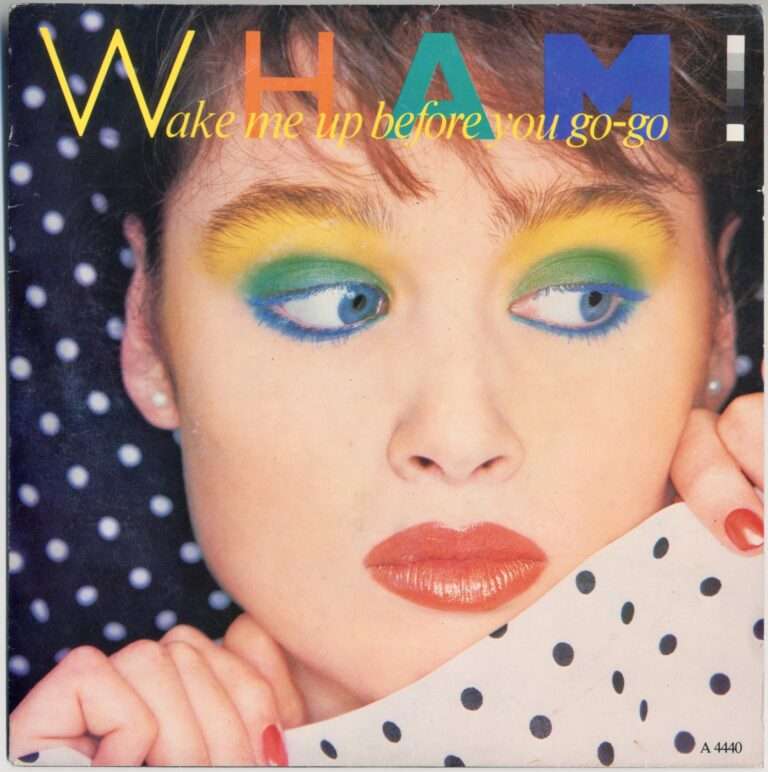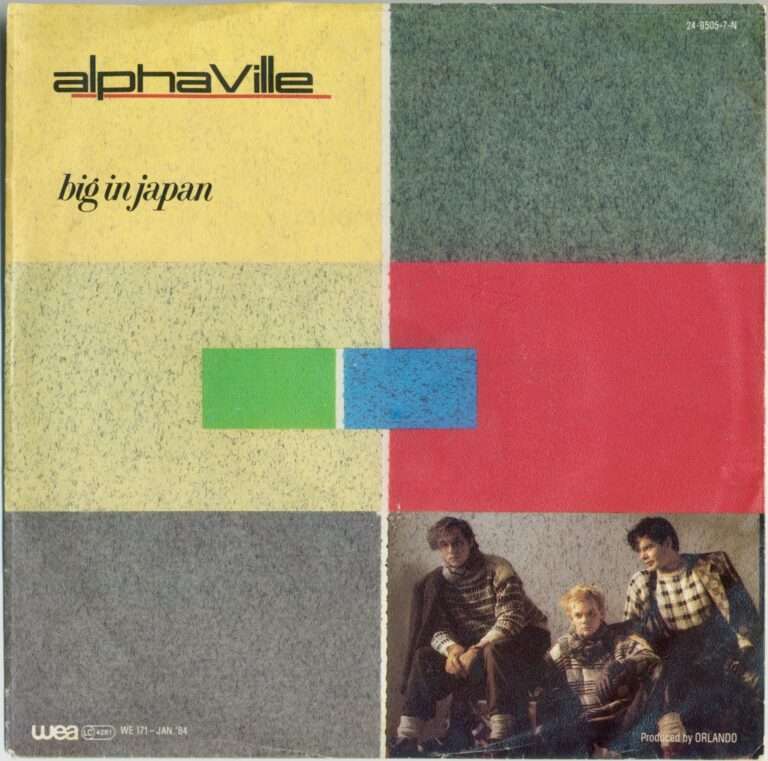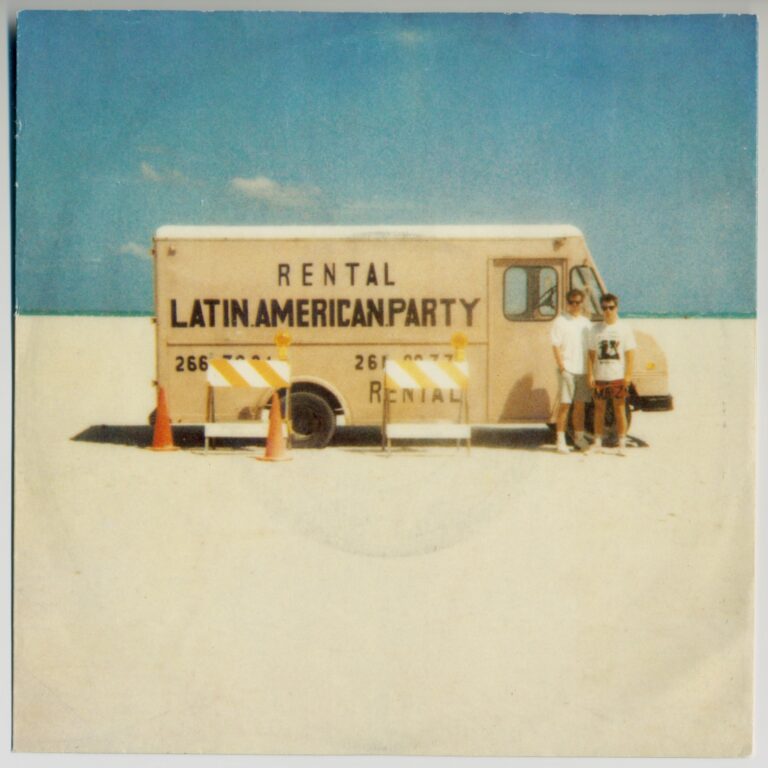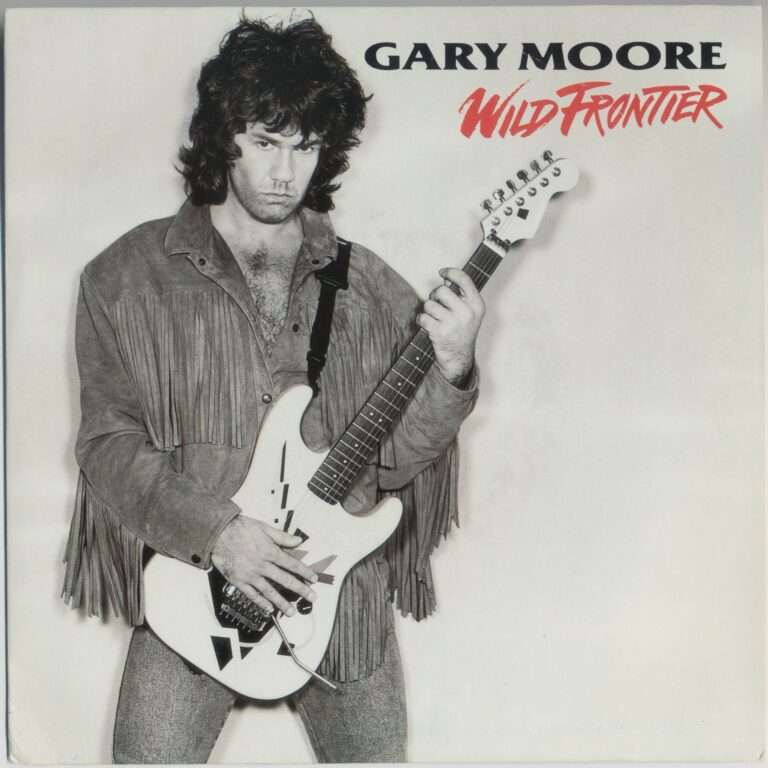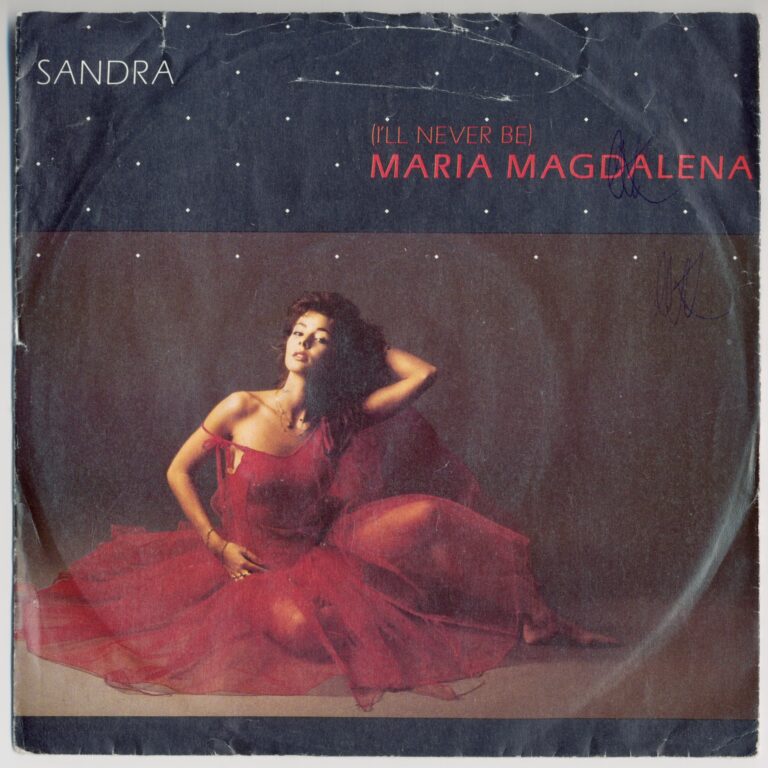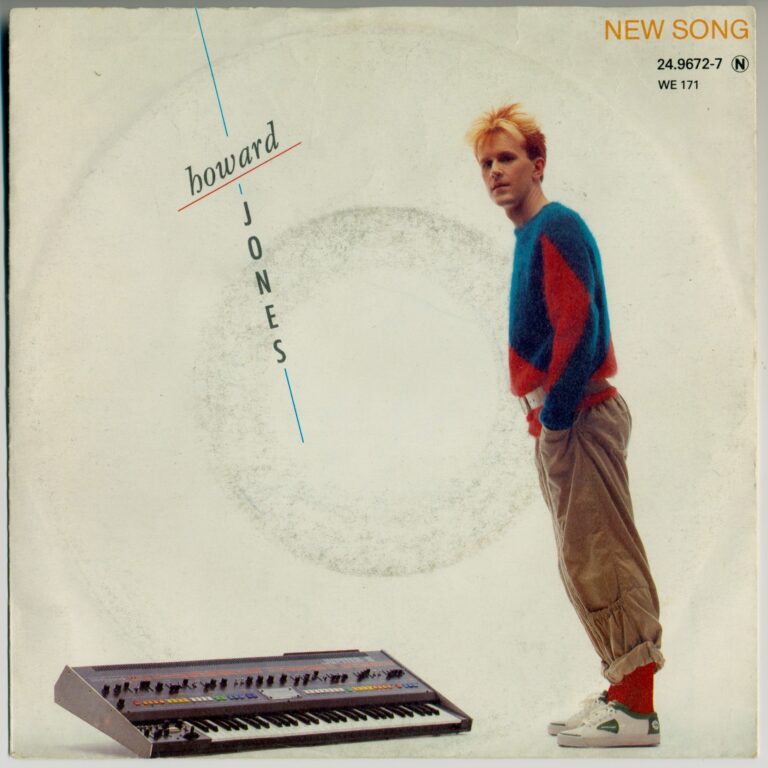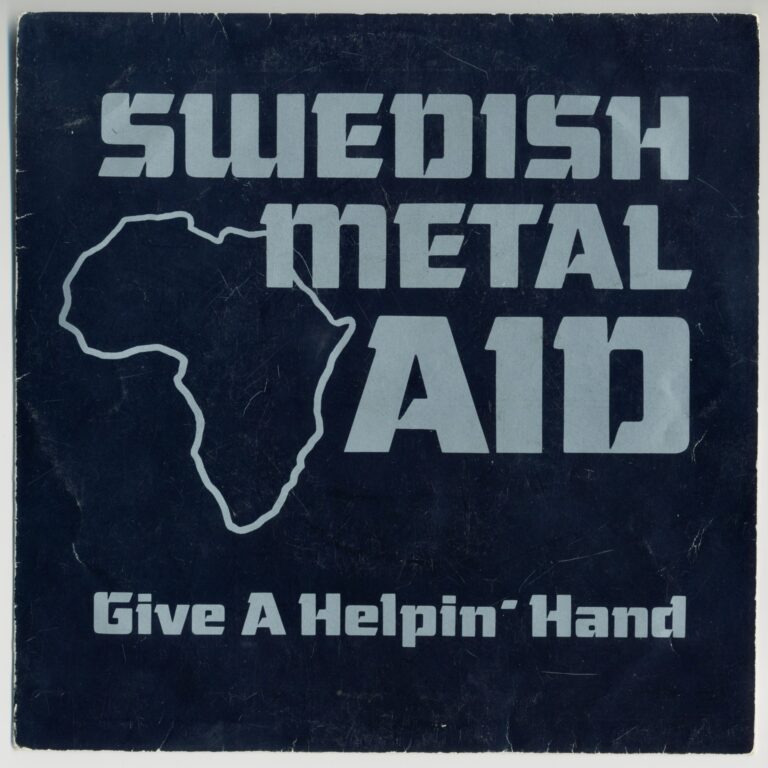There are pop songs, and then there are anthems. Duran Duran, those pioneers of polished synth-pop and visual extravagance, gave us an anthem in 1984: “The Wild Boys.” But this wasn’t just another catchy tune; it was a grand, audacious declaration, a sonic and visual spectacle born from an unexpected collision of dystopian literature, cinematic ambition, and sheer, unadulterated pop genius.
Imagine the scene: 1984. Duran Duran are already global titans, their videos saturating MTV, their style influencing a generation. They’re on top of the world. So, what do you do when you’re at your zenith? You drop a brand new, high-octane studio track not on a new album, but on a live one, Arena. It was a stroke of marketing brilliance, a calculated risk that paid off, keeping them firmly in the public eye while showcasing their formidable live energy. This wasn’t just about selling records; it was about solidifying a legacy.
But the story of “The Wild Boys” truly begins with a visionary: Russell Mulcahy, the director behind so many of Duran Duran‘s iconic early videos. Mulcahy harbored a bold dream: to adapt William S. Burroughs’ surreal and gritty 1971 novel, The Wild Boys: A Book of the Dead, into a feature film. And for this cinematic endeavor, he needed a theme song, a powerful sonic cornerstone. Duran Duran, ever the collaborators, were game.
“The wild boys are calling / On their way back from the fire”
Simon Le Bon, the band’s enigmatic frontman, delved into Mulcahy’s summary of Burroughs’ dystopian vision, crafting lyrics that hinted at a harsh, post-apocalyptic world and a desperate struggle for survival. Lines like “The wild boys are calling / On their way back from the fire,” paint a vivid, almost unsettling picture. Simultaneously, the band conjured a “harsh-sounding instrumental backdrop,” drawing inspiration from the “tribal intensity” of Frankie Goes to Hollywood’s “Relax”. This wasn’t the overtly cheerful pop of some of their earlier hits; this was darker, more aggressive, imbued with a raw energy that felt both exhilarating and dangerous.
The film, sadly, never materialized. But those “fantastic ideas” didn’t disappear. Instead, they were channeled directly into the song’s accompanying music video, transforming it into a “million-dollar” vision. Filmed over ten intensive days on a gigantic set at Shepperton Studios, it was a monumental undertaking, one of the most expensive music videos of its time. John Taylor, the band’s bassist, even declared it “the greatest video we ever made”.
And it certainly had its legendary moments. Who can forget the infamous tale of Simon Le Bon’s near-drowning incident during the windmill sequence, where he was repeatedly submerged into a lagoon? Though Le Bon himself later downplayed the danger, divers did have to intervene to free him. It’s the kind of high-stakes anecdote that fuels a band’s mystique.
The video’s post-apocalyptic aesthetic, with the band in “uncharacteristically rough and ragged outfits,” openly borrowed from the visual masterpiece Mad Max 2. This wasn’t just a stylistic choice; it deepened the song’s thematic ties to dystopian narratives, connecting it to a broader cultural fascination with survival and rebellion in fractured worlds. The enduring resonance is clear, with links even to Mad Max: Fury Road decades later.
“The Wild Boys” wasn’t just a critical darling; it was a commercial powerhouse. It soared to number two on the US Billboard Hot 100, hit number one on the US Cash Box Top Singles chart, and reached number two in their home country, the UK. Across Europe, it conquered charts, reaching number one in Germany and South Africa. Crucially, it spent nine weeks on the influential Swedish radio chart, Trackslistan, peaking at number 3 and finishing at number 19 on their year-end list for 1984. This consistent global success wasn’t just about selling records; it was about solidifying Duran Duran’s status as true international superstars.
This song, with its “tribal intensity” , became an immediate staple of their live shows, first performed in Dallas, Texas, in February 1984. To date, it has been performed an astonishing 848 times, a testament to its enduring power as a live anthem. It’s a bridge between their studio artistry and their electrifying stage presence, a dynamic, pulsing core of their performances.
“The Wild Boys” is more than just a song; it’s a window into Duran Duran‘s adventurous spirit, their keen understanding of the burgeoning music video landscape, and their unique ability to weave complex literary themes into mainstream pop. It’s a testament to a band that wasn’t afraid to take risks, push boundaries, and, in doing so, cement their place as true icons of the 1980s and beyond. The wild boys never lose it, and this song certainly hasn’t lost its power.
My copy: 7″, 45 RPM, Europe, 1984, Parlophone
Trackslistan (Swedish radio chart): 9 weeks, peaked at #3, #19 on year-end list 1984

